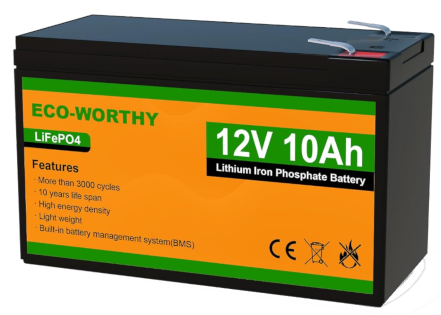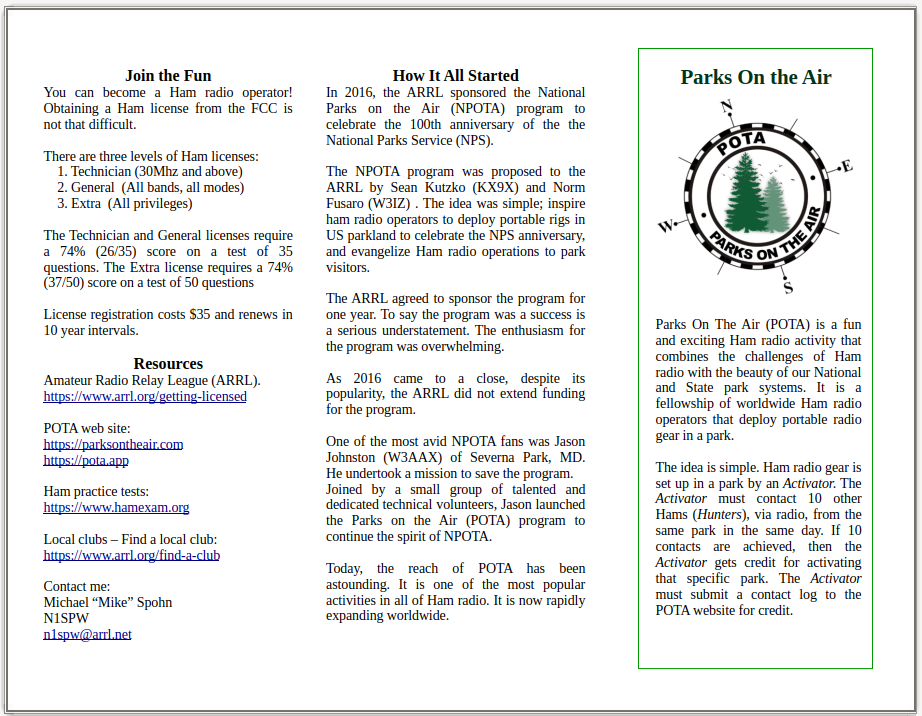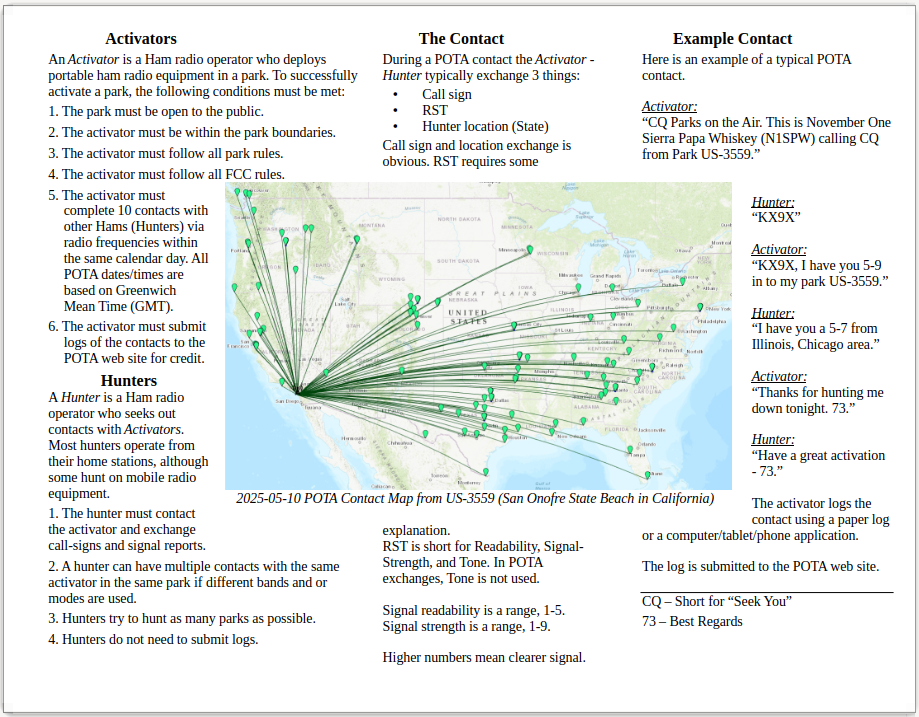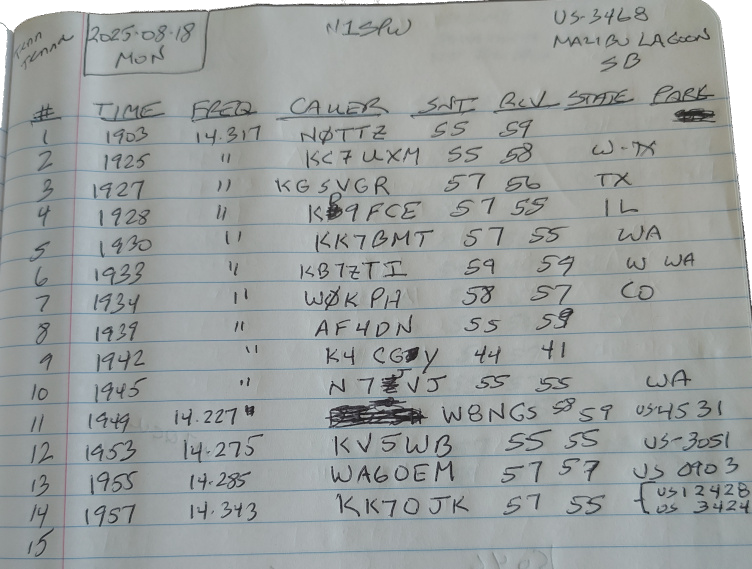A few weeks ago, a colleague stopped by my office to ask if I wanted a couple of cheap GMRS H/T’s. Never one to turn down a free radio – I said, “Sure!”
He brought in a fairly large box that contained two H/T’s with cables, batteries (extras too), antennas, ear pieces – the whole lot.
The H/T’s are TIDRADIO TD-H3 models. You can find a similar combo package on Amazon for $48.99 USD. I had never heard of them.

I took great pleasure digging through the box to see what I got. The first thing I noticed was the neon green color. Whoah! These things are bright.
The second thing I discovered is the radios are dual-purposed. The H/T will boot up in either GMRS mode or VHF/UHF mode. (To change modes, there is a boot-up sequence). This I found quite innovative and versatile.
As I started messing with the H/T menus, I realized that I was dealing with a Baofeng derivative. The menus are almost identical, the voice is the same, and the features are eerily similar.
Once I discovered the Baofeng lineage, I did not have to explore any further. I am very familiar with this type of radio.
The one thing I did want to know – can it send a Winlink Email?






